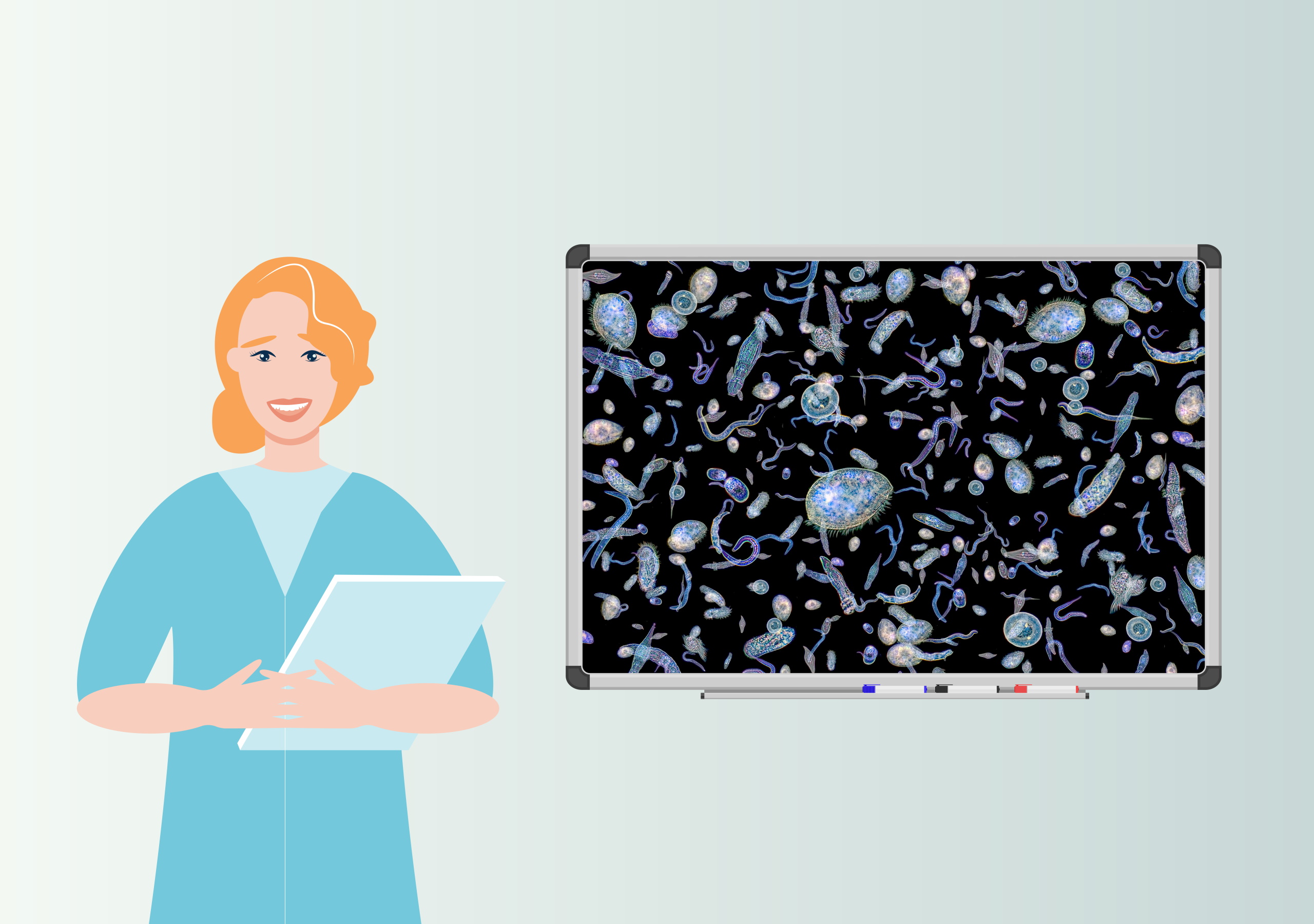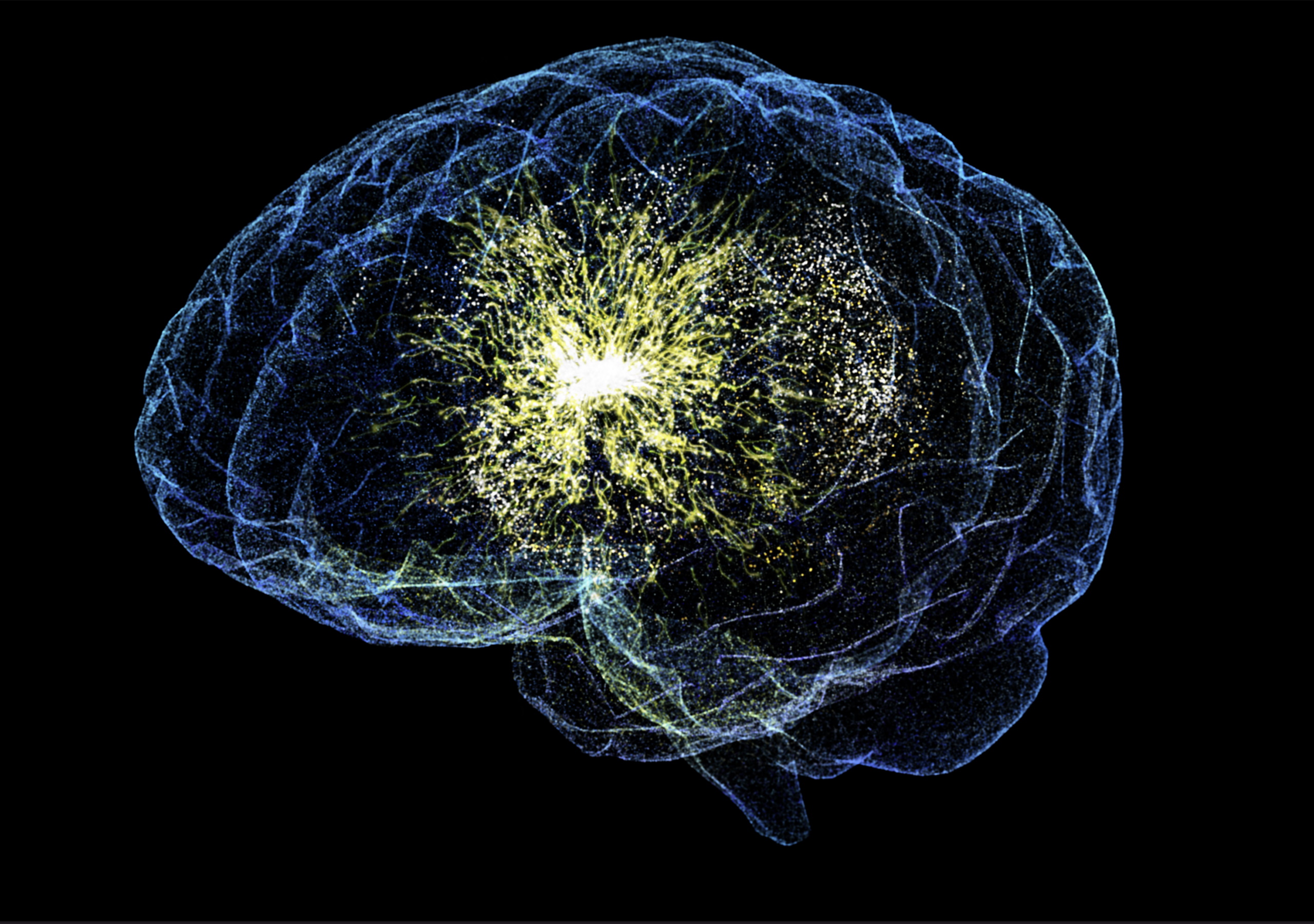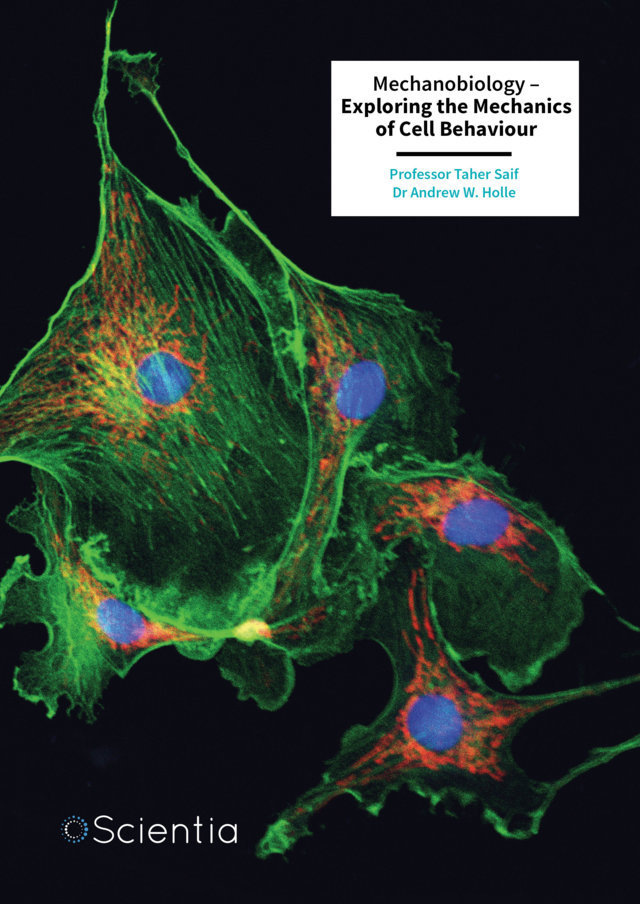Tuberculosis – or TB – is a global health threat, with 10 million new cases annually. Diagnosing TB can be a challenge, as there is a lack of rapid, point-of-care diagnostic tests. It can also be difficult to distinguish between TB and other inflammatory diseases, such as Sarcoidosis. One option may be to identify antibodies in patient samples that can reveal the presence of TB. However, current antibody tests for TB lack accuracy. Professor Lobelia Samavati and colleagues at the Wanye State University School of Medicine in Michigan are tackling this challenge to cast light on the immune signature of these diseases. Their aim is to develop new diagnostic techniques for TB and Sarcoidosis. More
TB is major global health scourge, leading to 1.7 million deaths annually. It has been estimated that up to one-third of the world’s population may be infected with TB. In most cases, these infections are latent and symptomless, but they can become active in approximately 10% of cases. Active TB is contagious and can be lethal, particularly if left untreated, and typically involves chronic cough, blood-containing mucus, fever and weight loss.
Diagnosing TB is notoriously challenging. Distinguishing between latent and active disease can be tricky, as well as distinguishing between TB and other inflammatory diseases, such as Sarcoidosis. Sarcoidosis typically involves the formation of lumps of white blood cells called granulomas. When sarcoidosis presents in the lungs, it can create similar symptoms to TB, such as coughing and weight loss.
While Sarcoidosis and TB can present very similarly, their causes and required treatments differ significantly. Therefore, developing new diagnostic tools that can rapidly and accurately distinguish between active TB, latent TB and Sarcoidosis would be very valuable in enabling clinicians to prescribe the most appropriate course of treatment as soon as possible.
Both Sarcoidosis and TB involve significant inflammation, and there is evidence for the role of the immune system in both diseases. Moreover, identifying proteins that are characteristically present in each disease state could be useful in diagnosing them. One way to do this is to identify antibodies in patient blood samples that will bind to these proteins.
Antibodies are typically Y-shaped protein structures that are created and released into the blood by cells of the immune system. They can bind to other proteins, such as those present on bacterial pathogens, with a high degree of specificity. Therefore, they can be very useful tools for researchers measuring specific proteins in the body or for doctors who wish to identify a protein that is associated with a specific disease. Despite the promise of antibody-based diagnostic assays, those created for TB diagnosis have lacked accuracy.
Professor Lobelia Samavati and her colleagues at the Wanye State University School of Medicine in Michigan are working to change this. Their work in this area began to emerge in 2015, when they published a paper in the journal EBioMedicine. In this paper, they describe a technique to identify the relationships between proteins and antibodies in Sarcoidosis that could pave the way for antibody-based diagnostic tools.
This involved isolating DNA from white blood cells and airway cells obtained from Sarcoidosis patients. The researchers then inserted this isolated DNA into a phage display. Phages are tiny viruses that infect bacteria, but they will dutifully display the proteins encoded by the inserted DNA on their surfaces – creating a so-called ‘peptide array’.
Next, Professor Samavati and her team exposed the peptide array to serum samples from Sarcoidosis patients and healthy controls. Human serum contains huge numbers of antibodies, and some of these bound strongly to specific peptides on the array.
By analyzing the binding pattern, the researchers identified a set of antibody-bound peptides that were hallmarks of Sarcoidosis. This allowed them to discriminate between the serum of healthy controls and that of Sarcoidosis patients. Interestingly, when the researchers exposed the array to serum from TB patients, it also revealed characteristic binding that allowed them to discriminate between serum samples from TB, Sarcoidosis and healthy controls.
In a follow-on study in the journal Microbiology Spectrum published in 2023, Professor Samavati’s team performed a similar task. This time, however, they focused on one of the most promising diagnostic targets discovered during their previous study. This is the protein Transketolase, which is essential for the growth of the bacteria that cause TB.
The researchers created peptides that represented slightly different parts of the Transketolase protein, and then incorporated them into a rapid assay that may be suited for diagnostic purposes, known as an ELISA.
Using their new assay, the team tested serum samples from patients with TB, latent TB, Sarcoidosis and from healthy controls. They found that the approach could sensitively and specifically discriminate between TB, latent TB, Sarcoidosis and healthy samples. Interestingly, the technology may also be amenable to incorporation into a lateral flow test, such as the ubiquitous COVID-19 tests or common pregnancy tests, which could make it well suited for point-of-care use. Other applications may include using the Transketolase peptides as components in a TB vaccine.
Professor Samavati hopes that her team’s findings will pave the way for easy-to-use, rapid diagnostic tests that can be deployed by community healthcare workers or in local clinics in the fight against TB and Sarcoidosis. Administering the correct treatment as soon as possible is crucial in achieving optimal treatment outcomes. Such diagnostic breakthroughs may help to make this possible in the case of TB and Sarcoidosis.







